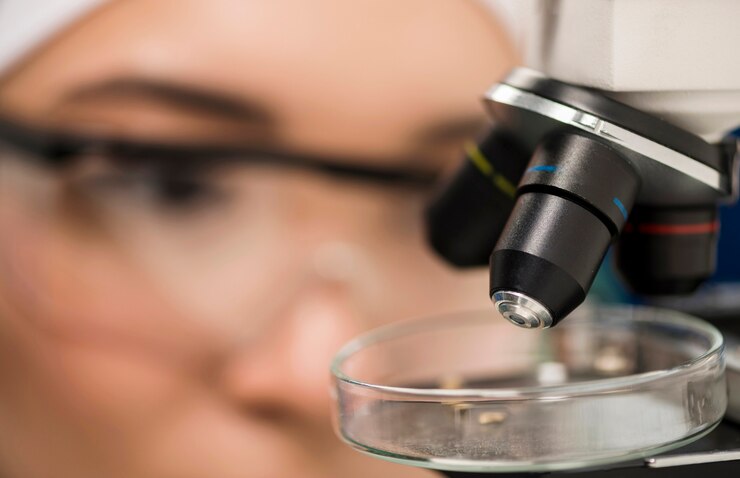In the world of modern medicine, technological advancements have revolutionized diagnostic and therapeutic procedures. Among these innovations, the endoscope insertion stands out as a versatile tool used for visualizing internal organs and structures within the body. At the heart of every endoscope lies a crucial component known as the insertion tube, a flexible conduit that enables clinicians to navigate through intricate pathways with precision and ease.
Understanding the Endoscope Insertion Tube
The insertion tube serves as the primary conduit through which an endoscope gains access to the targeted area within the body. Comprising a flexible yet durable material such as medical-grade silicone or polyurethane, this tube is designed to bend and maneuver through narrow passages while maintaining structural integrity. Its flexibility allows for minimally invasive procedures, reducing patient discomfort and recovery times.
Key Components and Features
- Lighting and Imaging Systems: Embedded within the insertion tube are sophisticated lighting and imaging systems that provide high-definition visuals of the internal anatomy. Light fibers transmit illumination from the distal end of the endoscope, while imaging sensors capture real-time images, enabling clinicians to observe abnormalities and guide interventions with precision.
- Instrument Channel: In addition to facilitating visual inspection, the insertion tube often contains an instrument channel, allowing clinicians to introduce various tools and accessories for diagnostic or therapeutic purposes. This channel accommodates devices such as biopsy forceps, graspers, and irrigation catheters, enhancing the endoscope’s functionality during procedures.
- Control Mechanisms: To enhance maneuverability and control, the insertion tube may feature control mechanisms such as angulation dials or levers. These mechanisms allow clinicians to articulate the distal tip of the endoscope, enabling navigation around curves and corners within the body’s anatomy.
- Biocompatibility: Given its direct contact with bodily tissues, the insertion tube is constructed from materials that are biocompatible and safe for patient use. Manufacturers adhere to stringent quality standards to ensure the compatibility and safety of endoscope components, minimizing the risk of adverse reactions or complications.
Applications in Clinical Practice
The versatility of the endoscope insertion tube makes it indispensable across various medical specialties, including gastroenterology, pulmonology, urology, and gynecology. Let’s explore some common applications:
- Gastrointestinal Endoscopy: In gastroenterology, flexible endoscopes equipped with specialized insertion tubes are used to visualize and assess the esophagus, stomach, and intestines for conditions such as ulcers, polyps, and gastrointestinal bleeding. Therapeutic procedures such as polypectomy and endoscopic mucosal resection (EMR) can also be performed using these instruments.
- Bronchoscopy: Pulmonologists utilize bronchoscopes with flexible insertion tubes to examine the airways and lungs for abnormalities such as tumors, infections, and foreign bodies. Bronchoscopic interventions, including bronchial biopsies and bronchial stent placement, are essential for diagnosing and treating respiratory conditions.
- Urological Endoscopy: Endourologists rely on flexible ureteroscopes and cystoscopes with maneuverable insertion tubes to visualize the urinary tract, including the urethra, bladder, and kidneys. These instruments are invaluable for diagnosing and treating conditions such as kidney stones, bladder tumors, and urethral strictures.
- Gynecological Endoscopy: In gynecology, hysteroscopes equipped with flexible insertion tubes are used for diagnostic and operative procedures within the uterus and fallopian tubes. Hysteroscopic resection of uterine fibroids, endometrial polypectomy, and tubal sterilization are among the interventions performed using these instruments.
Future Directions and Innovations
As technology continues to evolve, ongoing research and development efforts are focused on enhancing the capabilities of endoscope insertion tubes. Future innovations may include:
- Miniaturization: Advances in miniaturization may lead to the development of even smaller and more maneuverable insertion tubes, enabling access to previously inaccessible anatomical regions with minimal trauma.
- Enhanced Imaging Modalities: Integration of advanced imaging modalities such as optical coherence tomography (OCT) and confocal laser endomicroscopy (CLE) could further improve the diagnostic accuracy of endoscopic procedures, allowing for real-time visualization of cellular and subcellular structures.
- Robotics and Automation: Incorporation of robotic-assisted technologies may streamline endoscopic procedures and enhance precision by providing surgeons with enhanced control and dexterity during manipulation of the insertion tube and instruments.
In conclusion, the endoscope insertion tube represents a critical component of flexible endoscopes, enabling clinicians to perform minimally invasive procedures with precision and efficiency across a wide range of medical specialties. As technology continues to advance, innovations in endoscope design and functionality hold the promise of further improving patient outcomes and expanding the scope of endoscopic interventions.




